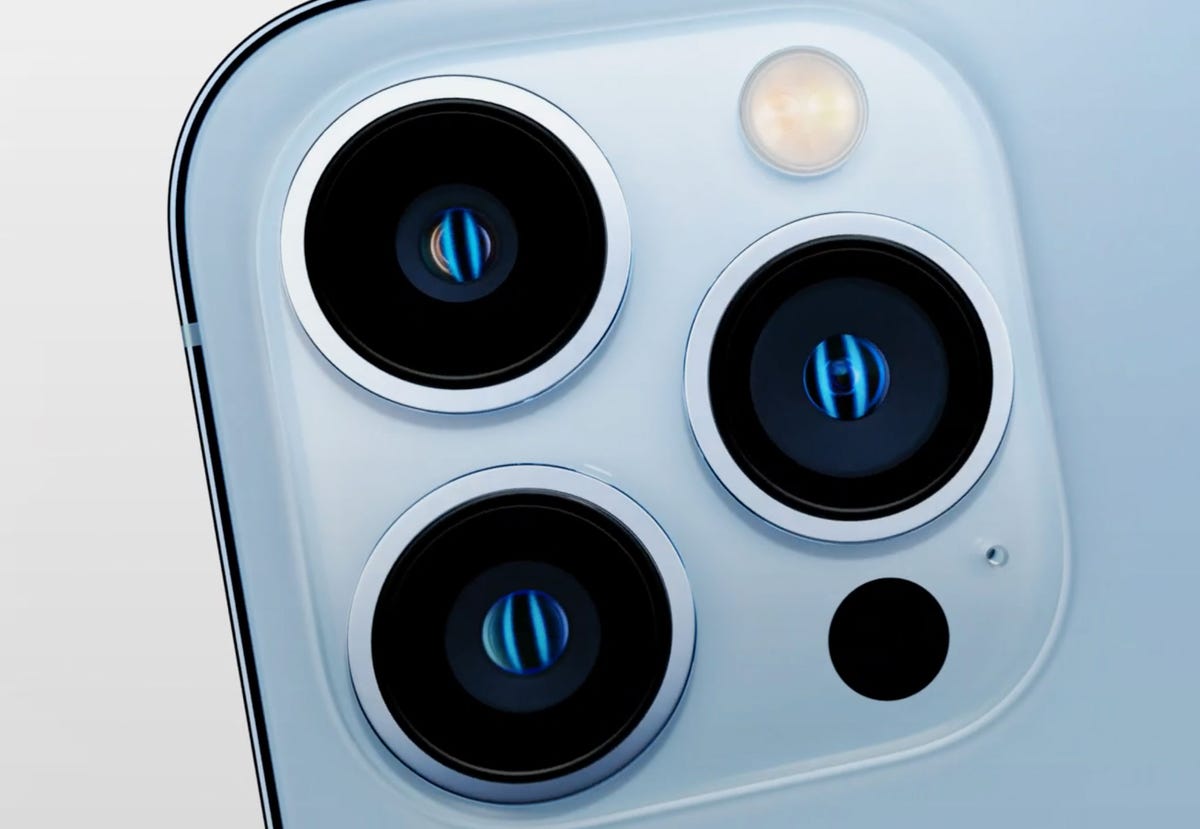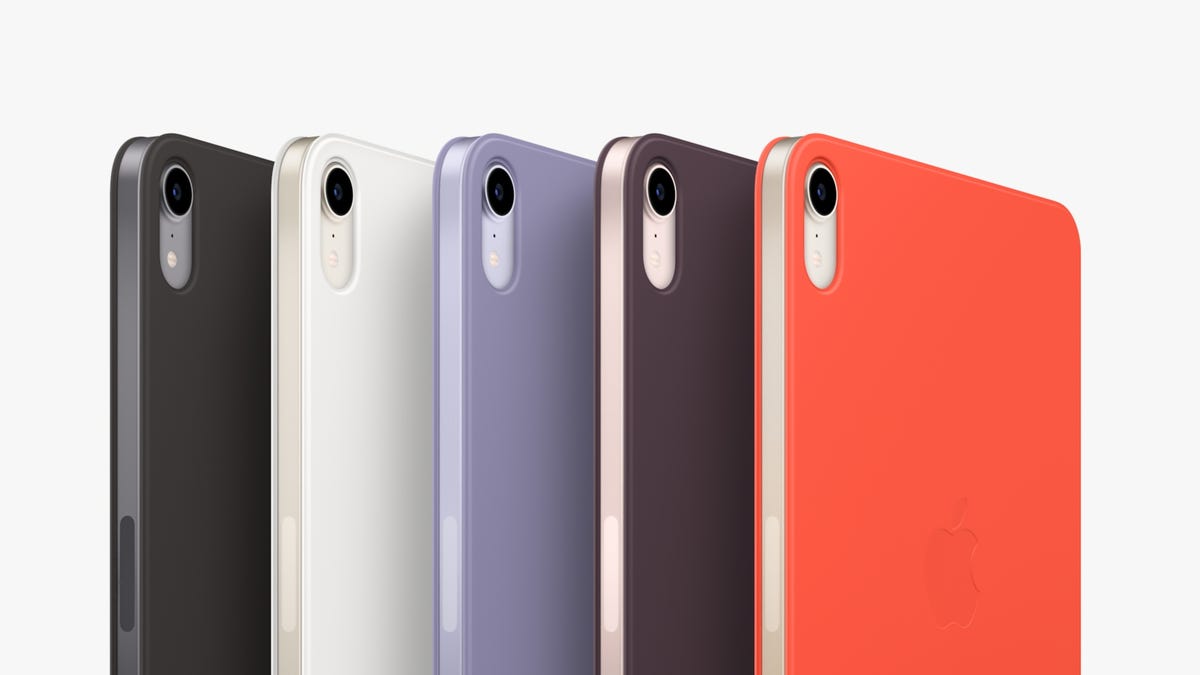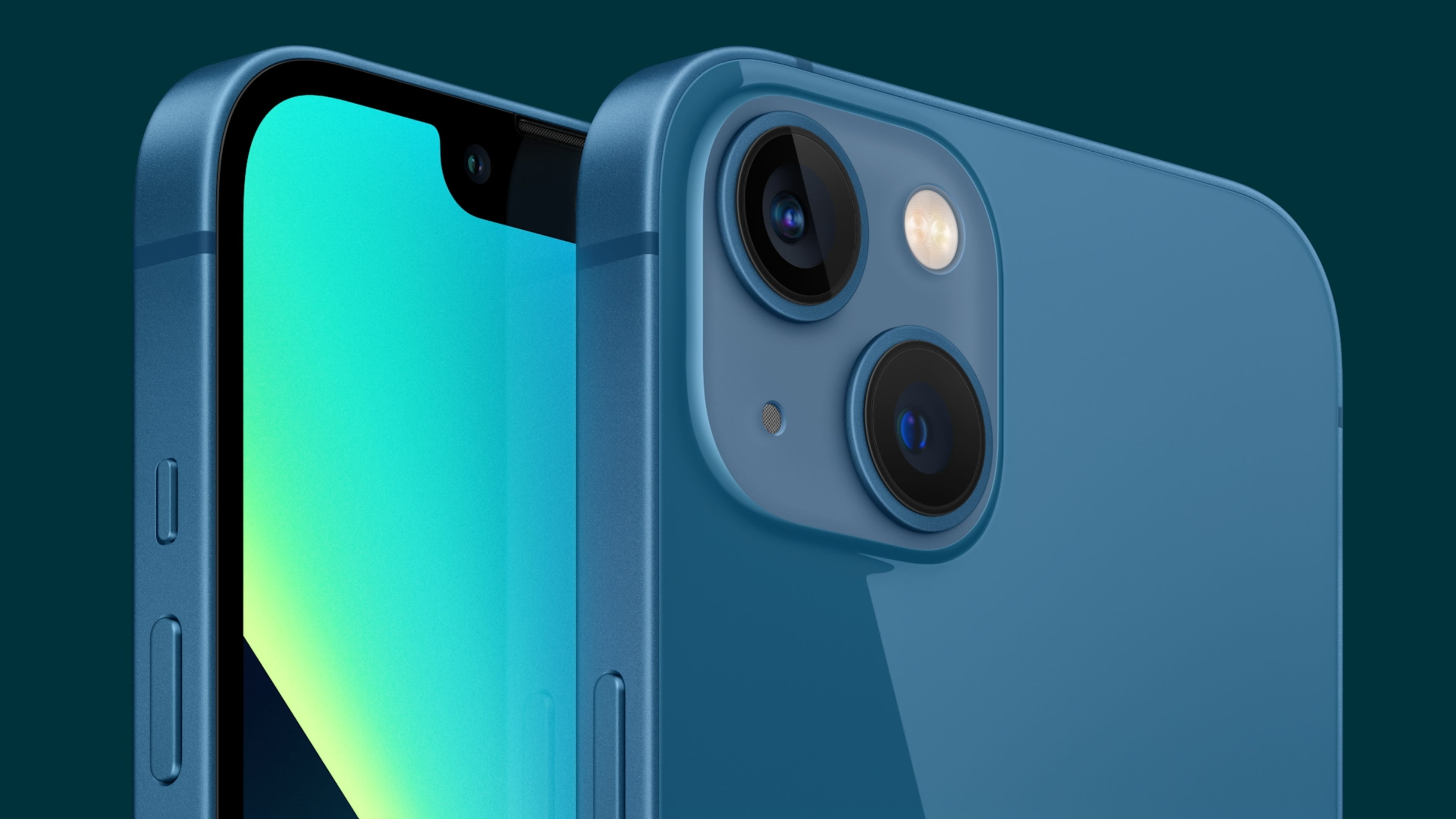
Home Prices Keep Rising: How to Tap Into Your Home Equity and Snag a Lower Interest Rate
Home prices have skyrocketed since the beginning of the pandemic and continue to increase across the US. In 2020, millions fled major cities for more space in the suburbs during the pandemic, increasing demand and driving up prices. Meanwhile, material shortages continue to inflate the price of new construction. Low inventory and cash-wielding house hunters continue to squeeze an already tight market even tighter -- and experts expect this trend to continue well into 2022.
These dynamics have combined to put many prospective buyers -- and some existing homeowners -- in a precarious position, potentially priced out of the market where they live. But there have been winners, too. If the market value of your home is higher than the amount you still owe on your mortgage, you have a real opportunity to leverage that differential.
Below are a few ways to harness your home equity.
Refinance your mortgage
Refinancing can help you snag a lower interest rate, which can shorten your loan term, shave down your monthly payment and reduce the overall cost of your mortgage. It can also help you wriggle out of paying private mortgage insurance (PMI) if increased home value has grown your equity past the 20% threshold. Refinancing can also provide a way to pay down high-interest debt, like a credit card balance, or take cash out to finance a renovation or improvement.
The number of people refinancing surged during the pandemic, according to Freddie Mac. Single-family refinances totaled $2.6 trillion in 2020 -- the highest amount since 2003. Rising interest rates have since caused the number of people refinancing to slow and refis are at their lowest level in three years. Refinance activity is down 80% from 2021 and now accounts for just 35% of market share, the lowest point since May 2019, according to Black Knight, a mortgage data company. Still, rates are historically low and Freddie Mac anticipates $1.2 trillion in refinance activity this year. So If you haven't looked at your interest rate recently, stop reading and do it now.
And, since the Federal Reserve is expected to raise interest rates multiple times this year -- with a likely increase expected later this week -- you may want to lock in a low refinance rate sooner rather than later.
Get a home equity loan
These secured loans let you borrow a lump sum against your home equity. The specific loan terms depend on all of the usual financial credentials -- your credit score, debt payment history and income -- and lenders generally require at least 15% equity to qualify. Home equity loans typically feature a fixed interest rate, but repayment periods can vary (though most are for 15 or 20 years).
To secure the best terms, the Federal Trade Commission recommends negotiating with multiple lenders and allowing them to compete for your business. Negotiable items might include lower fees, mortgage point prices and the fixed interest rate.
Open a home equity line of credit -- HELOC
This revolving line of credit, which features a preset limit and variable interest rate, lets you withdraw, pay back and then withdraw again (if you like). Depending on your creditworthiness and debt-to-income ratio, you may be able to borrow up to 85 percent of the appraised value of your home, less the amount you owe on your mortgage. When you need cash, you can write a check or use the credit card attached to the HELOC account. Like other types of credit cards, you cannot spend more than the credit limit, and HELOCs typically come with the highest interest rates since they are variable and the loan is a type of revolving credit.
Cash-out refinance
In essence, a cash-out refinance lets you borrow a lump sum of money at a fixed -- and right now, a potentially very low -- interest rate. Rather than attaching a second loan to your original mortgage like a home equity loan, this loan pays off your first mortgage and replaces it with a new one that includes some amount of cash. You may be able to borrow up to 80% of the loan-to-value ratio, which means that after subtracting the cash-out, you'll still have 20% equity in your home.
Cash-out refinance loans usually have better interest rates than home equity loans because they are repaid before home equity loans during bankruptcy or foreclosure. Still, your specific terms will depend on your credit score, home value, income, and other factors. A knowledgeable mortgage broker should be able to help you weigh the pros and cons of each.
Sell your house
The most obvious way to tap into your home equity is to sell. If there's excess money after you pay off your mortgage, you could use it to finance a cross-country move or a down payment on a new house. Last May, The Wall Street Journal reported that more than seven million households moved to a different county during the COVID-19 pandemic in 2020 -- nearly half a million more than in 2019. Remote working options and the desire for more space spurred a mass exodus from dense metropolitan areas into more affordable areas.
If your home's new value has you feeling like cashing in, keep a few things in mind before calling a listing agent:
- Prices are higher -- nearly everywhere. The real estate market may look different than the last time you shopped for a house, and it's a good idea to learn what you can afford in your chosen location. Check out the National Association of Realtors' breakdown of median prices by home type and metropolitan area to see where you stand. You should also look at the latest mortgage interest rates and use our mortgage calculator to estimate your monthly payment on a new loan.
- Competition is fierce. We learned that most homes stay on the market just shy of seven days, which means that you'll need to make decisions quickly when it's time to buy. One way to speed things along is to get a mortgage preapproval before you start shopping. Preapproval allows your realtor to submit an offer immediately, which could make all the difference in a competitive market.
- A home equity windfall is rare. The US hasn't seen a housing boom like this in nearly 25 years. Although selling your home could drastically increase your net worth, it's wise to consider all of your options before buying another property. Consult a financial advisor about the different ways to use a financial windfall, real estate included.
§
This story is part of The Year Ahead, CNET's look at how the world will continue to evolve starting in 2022 and beyond.
The last 22 months have been some of the wildest in real estate history, as the COVID-19 pandemic accelerated the speed and intensity of recent trends. Home prices surged to record-breaking highs. Interest rates dropped to historic lows. And, amongst it all, the new era of online home buying and selling took further root. On top of that, just about every contemporary macro-economic trend -- from inflation to supply chain woes to labor shortages -- made an appearance in the 2021 housing market, increasing the advantages of existing homeowners, daunting prospective homebuyers and, ultimately, further widening wealth inequality in the US.
Though no one can predict what the next year will bring, we've asked some industry experts to help us read the tea leaves. Perhaps most significantly, home prices are expected to continue to rise, though at a slower rate than last year. As such, the 2022 housing market will present challenges for new buyers looking to get a foothold. For those looking to sell, new technologies like iBuying will continue to streamline and simplify real estate transactions. And existing homeowners will likely have another year to capitalize on rising property values through refinancing -- if they haven't already.
Experts also predict an extension of two major 2021 trends: low housing inventory and supply chain issues, both of which will continue to hamstring construction and renovations. Meanwhile, there are two new spectres on the scene: inflation and rising interest rates. "For a homebuyer, 2022 is going to require patience and strategy," said Robert Dietz, chief economist the National Association of Home Builders.
"If you think you're going to wait on the sidelines for the market to cool off, that usually doesn't work," cautions Karan Kaul, senior research associate at the Urban Institute. "Timing" the market is a tricky enterprise, and prices seem unlikely to decrease meaningfully any time soon.
With the caveat that political and virological developments can wreak havoc on this unpredictable corner of the economy, here are some of the major factors experts see influencing the housing market in 2022.
Still smoking: Home prices continue to rise
If you already own a home, you're more than likely to be in a fortunate position. Skyrocketing home values have continued to increase equity for homeowners in many US regions throughout the pandemic, according to Dietz.
Combined with historically low interest rates, a record-breaking number of homeowners were able to tap into their home equity in 2020. As property values surged during the first year of the pandemic, cash-out refinancing levels were at their highest since the 2007 financial crisis.
Of course, this creates a much more difficult situation for prospective homebuyers. And that's unlikely to change much in 2022. Although prices are expected to increase at a lower rate next year, they are expected to continue to rise. And that -- in addition to higher interest rates -- will create considerable headwinds for buyers throughout 2022.
Clogged supply chains cause more delays
Supply chain disruptions caused by the COVID-19 pandemic continue to delay shipments which impedes new construction. That is only making the market that much more competitive along with the rising price of existing homes across the US. And the number of people looking to buy is also increasing, thanks in large part to millennials entering the housing market in growing numbers.
"We've seen so much interest in buying homes over the past year and a half, it's a bit difficult to project when that is going to lose some steam," according to Robert Heck, vice president of mortgage at Morty, a mortgage-tech start-up. But it's clear there are still plenty of buyers trying to enter the market despite prices continuing to creep up.
"Despite the fact that builder confidence is pretty strong right now, in the short run there is a lack of building materials, higher cost of building materials like lumber, appliances, windows and doors, and even garage doors," said Dietz. And further complicating the picture is a sustained labor shortage, particularly for skilled construction workers.
Delivery delays can extend build time by as much as four to eight weeks for a typical single family home. And if there aren't enough contractors on hand to use those materials once they show up, it's clear that demand will continue to outweigh supply for some time to come.
Macro headwinds: Interest rates and inflation
Prospective homebuyers will want to keep their eyes on some wonky stuff in 2022. The Federal Reserve announced that it will wind down bond purchasing and look to raise interest rates next year. And higher interest rates will only make things more difficult for those looking to buy, as they raise both the average monthly payment and the total lifetime cost of a mortgage.
And don't forget about inflation! That will almost certainly increase both the cost of home building materials and skilled labor. In fact, the National Association of Realtors' anticipates that annual median home prices will increase by 5.7% in 2022.
And yet it's not all doom and gloom. Mortgage interest remains are still quite low. And there are pockets of affordability in many regions of the US, creating a key opportunity for those fortunate enough to be able to work remotely.
"Mortgage rates are still at historical lows, and it's been harder than ever to predict where things are going thanks to the ongoing COVID-19 pandemic," said Heck.
Tech innovations reshape home buying
Digital lending has already impacted the way Americans shop for homes. The rapid rise of online real estate brokerages and mortgage marketplaces has made it easier than ever to browse properties and finance a home. That's unlikely to change: Almost 40% of millennials said they would feel comfortable buying a home online in a recent Zillow study.
"Consumers like the ability to bid remotely, and to really take a look at properties and neighborhoods online," said Miriam Moore, division president of default services at ServiceLink, a mortgage transactional services provider. This will likely impact both sides of transactions, as sellers learn to adapt their home's curb appeal to someone looking at it on their phone and buyers (and agents and investors) look for ways to arbitrage the market.
An evolving challenge: Climate change
Perhaps the biggest unknown in real estate is how soon climate change will become the dominant factor. According to experts across the industry, every part of the homebuying process will eventually be affected by changing weather patterns, encroaching shorelines, shifting flood zones and an increasingly complicated insurance marketplace. Case in point: Moore, who is in the mortgage business, has seen an increase in inspections due to weather and fire over the last year.
New construction may prove to be both more energy efficient and more durable in the face of extreme weather. "People want to live in energy efficient homes, but they can only buy them if they exist," said Kaul, at The Urban Institute.
The stakes couldn't be higher. Buying a house remains one of the most reliable ways to build wealth and has long been a key milestone for Americans in establishing long-term financial security. And although interest rates remain as low as ever, given all of the other trends impacting the real estate market in 2022, the balance of power is likely to remain in the hands of sellers.
Source
















